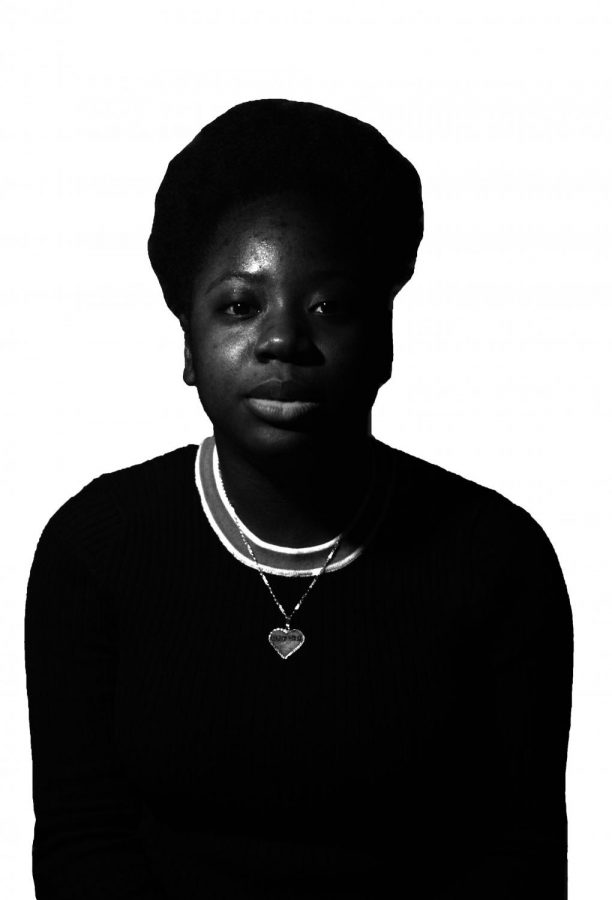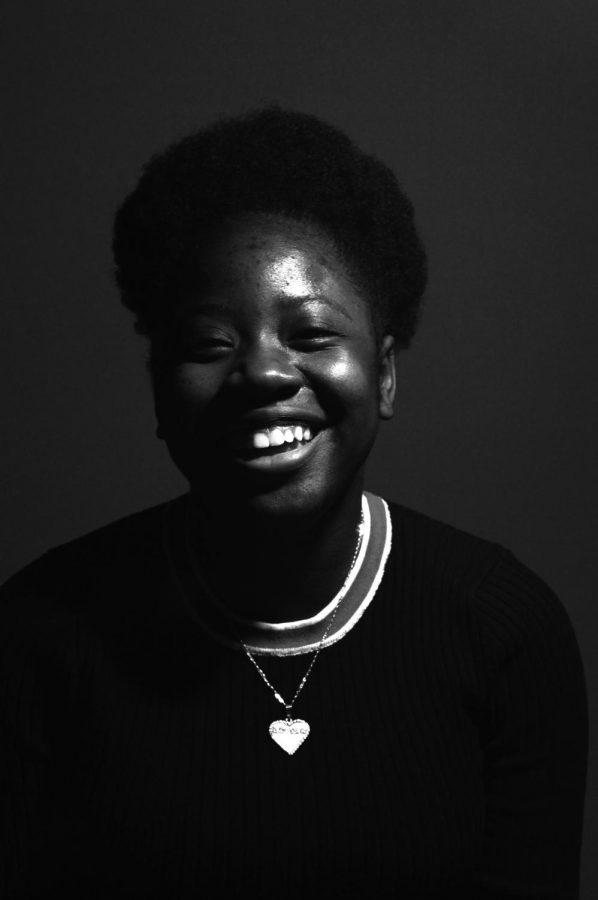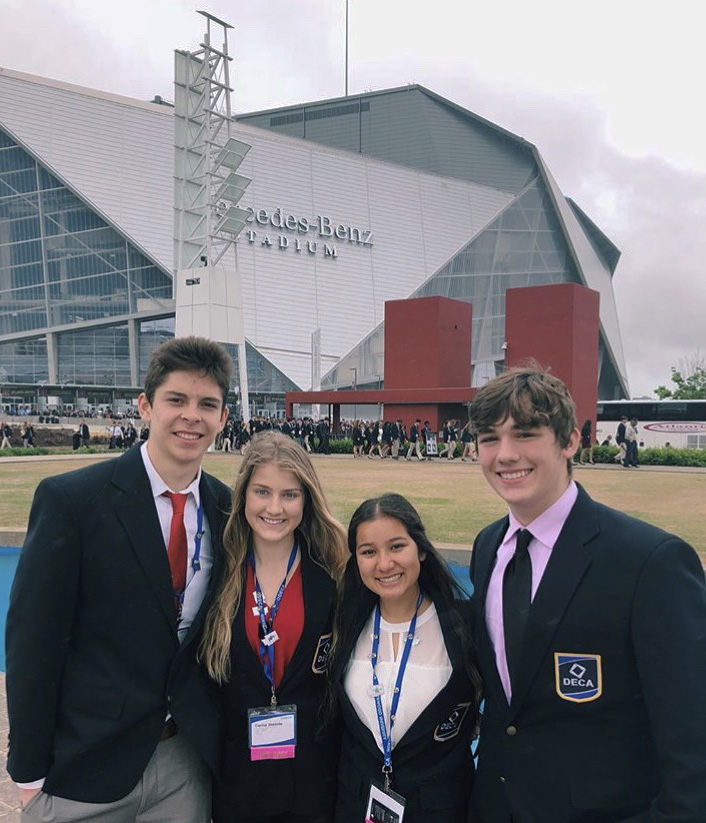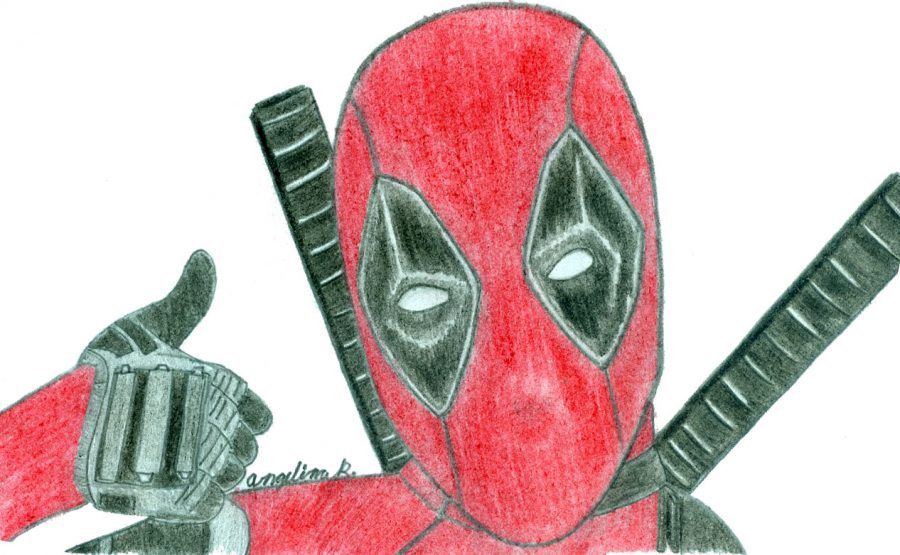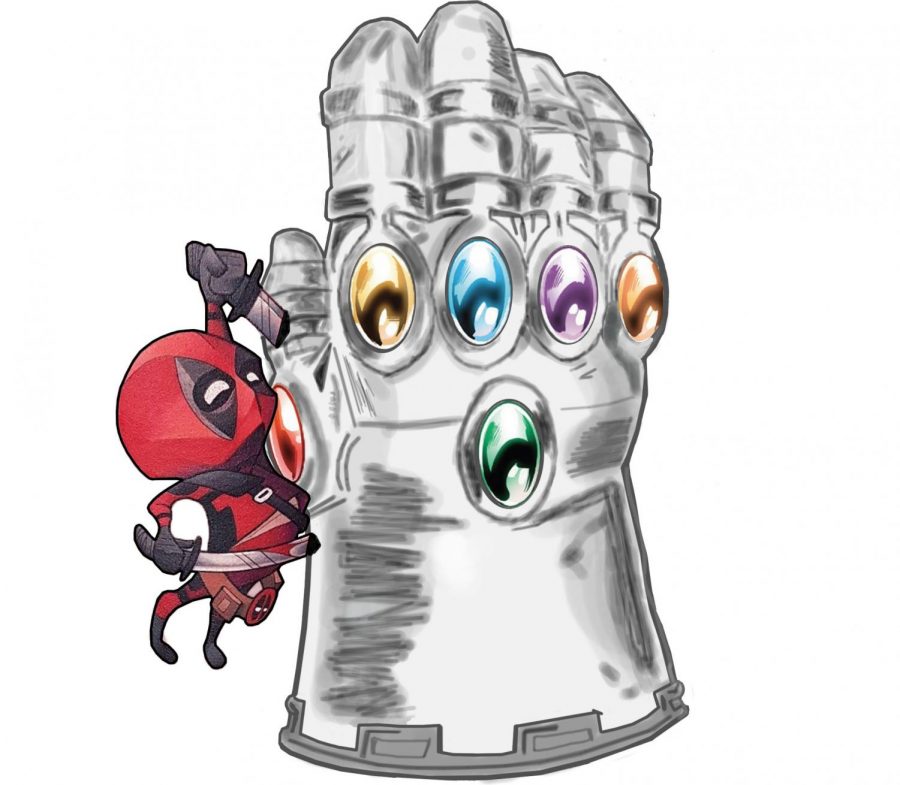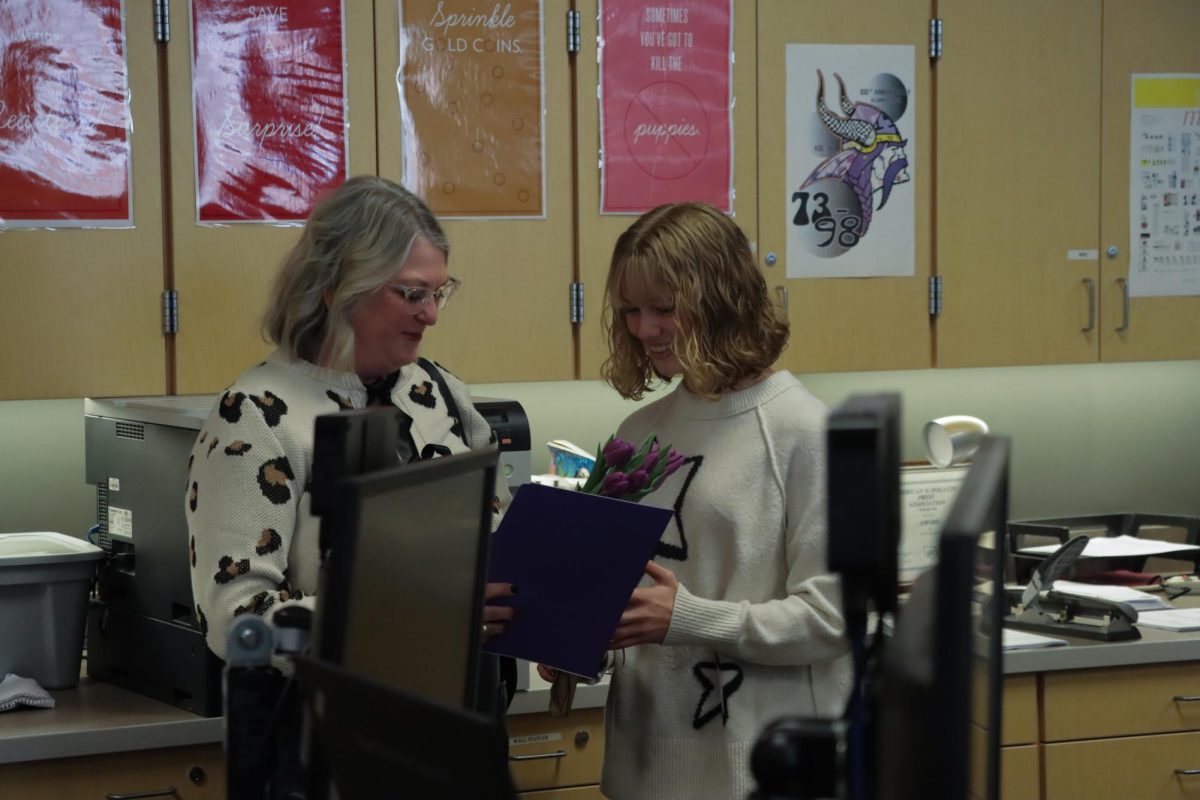In honor of Black History Month, The Viking Vanguard examines different aspects of African-American culture and the way it has shaped the Puyallup School District.
According to the Office of Superintendent of Public Instruction, African-American students constitute 3.8 percent of the Puyallup School District’s students, making African-Americans the third smallest minority group in the Puyallup. However, February remains a month of education and inspiration for Americans all across the country.
At Puyallup High School, students and teachers alike have worked on various of projects to promote Black History month. Assistant principal Nathan Webb, responsible for diversity and ethics, commends the work.
“I really enjoy seeing these projects,” Webb said. “We have a special program with Reggie Wagner, whose students worked on the African-American activists posters on the first floor. There is the essay wall and teachers have been encouraging students to pick a person on the wall and write about them. It is exciting to see all the student and teacher-driven celebrations of diversity.”
These program-driven celebrations include the Spanish Honor Society’s plans to put up posters of Afro-Latino activists around the school and Leadership’s MLK-focused Love Week, in January. Karshner Elementary, under principal LaShawnda Baldwin, has also made efforts to spread awareness and educate the younger generation.
“We recently had 11 Days in the Life of MLK Jr. come from the Broadway Performing Center to the school here, just so we could showcase the life and legacy Martin Luther King,” Baldwin said. “Via email, I have given teachers different resources and they have taken those things and created different things. We have teachers who read literature to their kids about African-American History and students that have completed research projects. For me, it is not just about African-American history; it is about history in general, so in providing those resources I also was looking to provide research about all of our kids and all of our cultures.”
But despite these endeavors, there is still a sentiment that the School District’s work in raising awareness for Black History is subpar.
“There is always room to do more,” Webb said and junior AaLeiyah Bell agrees.
“I think there is more of a focus on the obvious people, like Martin Luther King, Malcolm X, Rosa Parks or Madam CJ Walker,” Bell said. “There is more to the story than what is always shown and I think [PHS] is really only taking it at face value. You see a lot of documentaries that talk about the adversity people have faced but once again those are based on well-known people. It is important to know activists were not always on the scene, they could have been behind the curtain or behind the camera, molding what was happening in different forms of art.”
Baldwin also acknowledges the limitations of Black History in the Puyallup School District and the United States as a whole.
“A lot of times kids only get one point in history, a story that begins and ends with Martin Luther King or Rosa Parks but there are so many other people that were part of the movement, instrumental to fighting for the rights of African Americans,” Baldwin said. ”And I think that Black History is not highlighted as much as it was in the past. To some degree, having an African-American president made people think that we had arrived. They did not think Black History Month was as important because the things we were waiting for had come: an African-American leader of the free world. In the past I felt like we were fighting for something and at the arrival of Barack Obama felt we did not have to heighten awareness, celebrate or fight as hard.”
Should Black History Month become less and less relevant? Have African-Americans arrived?
“No,” Baldwin said. “When you look on TV, you see African-Americans being violently killed and the conversation is merely it occurred because of their race. You see Black Lives Matter and all the different movements that have come from violence geared toward African Americans. You see that we still have a ways to go.”
Both Webb and Bell recognize the effects of racism.
“In any of those concerns, there is a lack of understanding of how each of us has more commonalities than differences,” Webb said. “When I have seen hate come into play there is a lack of exposure or experience to difference.”
According to Bell, the Viking community’s confrontation of prejudice is adequate.
“I would not say the school has a huge racism problem but I do get kids who stereotype,” Bell said. “It is the way people portray black culture. You get subcategories of kids who say the n-word, who try to be black when they are not.”
In a similar fashion, Baldwin has dealt less with direct racism and more with stereotypes.
“[The school district] has been a welcoming community; the district does a good job acknowledging cultures,” Baldwin said. “But being a female of color and being a leader often [means] being misunderstood. As an African-American female, there are stereotypes that people often adhere to and when you are in a leadership position, sometimes even more so.”
But Baldwin and Bell, despite all these obstacles, remain hopeful.
“I overcome it by telling my story every day,” Baldwin said. “By raising awareness of who I am and how I want to be seen. I always want to bring awareness to the situation, never to react with in anger, never to act in frustration but to highlight what you are trying to get people to see.”
Bell, in her ending comments, emphasized the future.
“My dad came from my Jamaica and my mom came from a poor suburb in Charleston. They did not have enough money to go to college. But they have provided for me what they could not have for themselves,” Bell said, smiling. “And it makes me hopeful.”

